Digital embryos are naturalistic, virtual 3-D objects that have significant potential uses in the study of perception and perceptual learning (Hauffen et al., 2012).
Digital embryos are created by simulating some of the key processes of embryonic development, such as morphogen-mediated cell division, cell growth, cell movement and programmed cell death. A given set of simulation parameters (or ‘genotype’) creates a unique, novel and naturalistic 3-D shape (Brady and Kersten, 2003). Since this creates shapes de novo by simulating natural morphogenetic processes, we refer to this as the Virtual Morphogenesis (VM) process. Each unique genotype in VM creates a unique digital embryo (Figure 1).
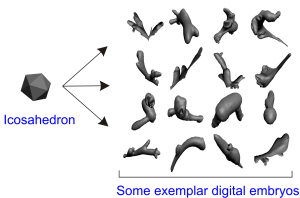
Figure 1. Creating digital embryos using virtual morphogenesis (VM). Each embryo shown on right has a unique genotype. Adapted from Hauffen et al., 2012.
Each object in either scene in Figure 1 is a so-called ‘digital embryo’. Digital embryos are naturalistic, virtual 3-D objects. They are created by simulating some of the key processes of embryonic development, such as morphogen-mediated cell division, cell growth, cell movement and programmed cell death. A given set of simulation parameters (or ‘genotype’) creates a unique, novel and naturalistic 3-D shape (Brady and Kersten, 2003; Hauffen et al., 2012). Since this creates shapes de novo by simulating natural morphogenetic processes, we refer to this as the Virtual Morphogenesis (VM) process.
The scenes in Figure 2 below were created by choosing many different digital embryos, applying a natural, ‘leafy’ surface texture to each embryo, and compositing selected embryos together to create camouflaged visual scenes. The two scenes have a single foreground object in common. However, because of the camouflage, this foreground object is hard to see, even though it is “in plain view”, i.e., without occlusion, shadows, or other obfuscations.
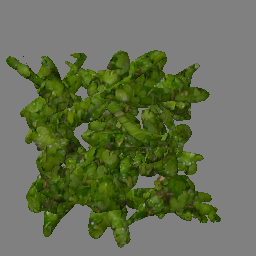
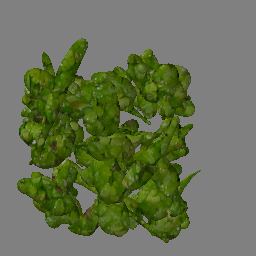
Figure 2. Camouflaged visual scenes created using digital embryos. These two scenes have a single foreground object in common. Can you identify this object?
Just as one can create novel objects by simulating morphogenesis, one can create novel object categories by simulating the evolutionary process of natural selection (Hegdé, Bart and Kersten, 2008; Hauffen et al., 2012; also see Figure 3 below). We refer to this process as Virtual Phylogenesis (VP). Since VM and VP, respectively, allow the experimentor to create ‘designer’ objects and object categories with exquisite precision, we use these methodologies extensively in our research.
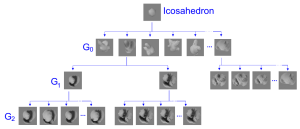
Figure 3. A digital embryo ‘family tree’. This figure illustrates both VM and VP algorithms. The common ancestor is a simple icosahedron (top row). The shapes of descendants reflect a combination of VM and VP, just as the shapes of biological objects reflect a combination of morphogenetic and phylogenetic processes. Adapted from Hauffen et al., 2012.
One can also create haptic “print-outs” of digital embryos using a commercially available 3-D prototyper or “3-D printer (Hauffen et al., 2012; see Figure 4 below).
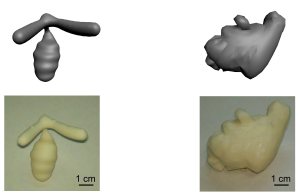
Figure 4. Haptic versions of digital embryos. Haptic “print-outs” of digital embryos can be created using a commercially available 3-D prototyper or “3-D printer”. This figure shows visual and haptic counterparts (top and bottom rows, respectively) of two different digital embryos. Adapted from Hauffen et al., 2012.
SELECTED REFERENCES
Bart, E., Hegdé, J. & Kersten, D. Fragment-based learning of visual categories. COSYNE 2008, 121 (2008).
Brady, M. J. & Kersten, D. Bootstrapped learning of novel objects. Journal of Vision 3, 413-422 (2003).
